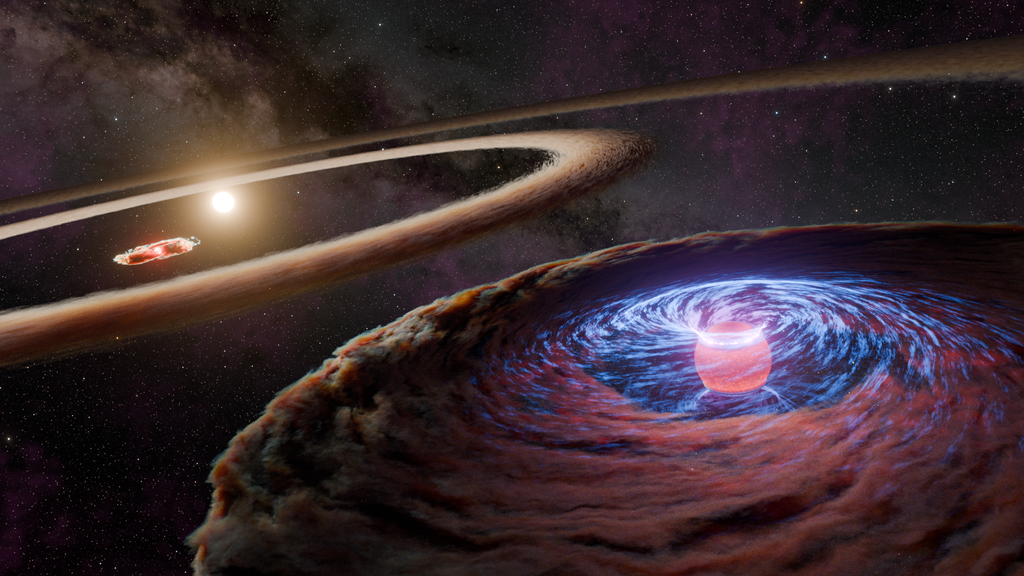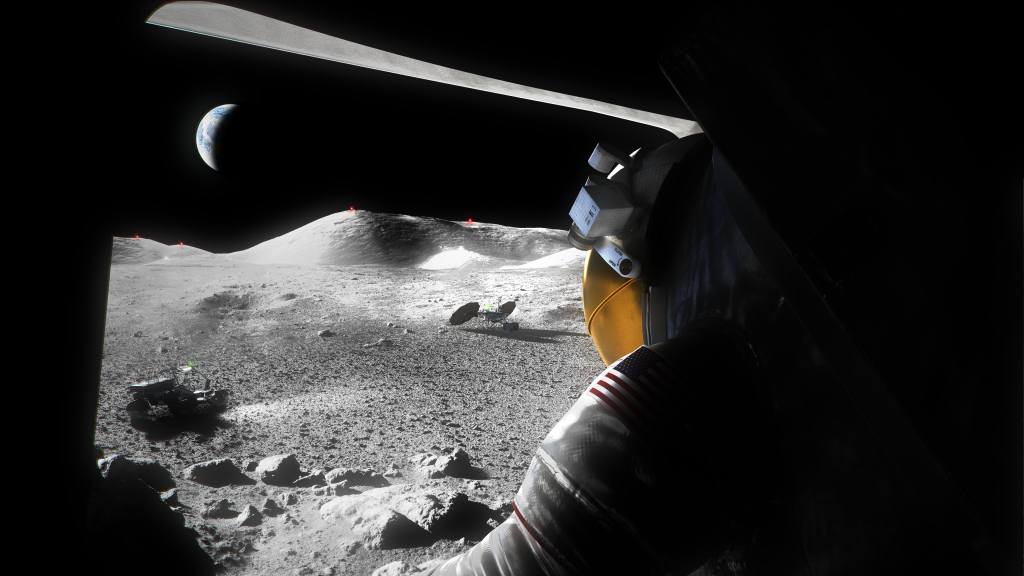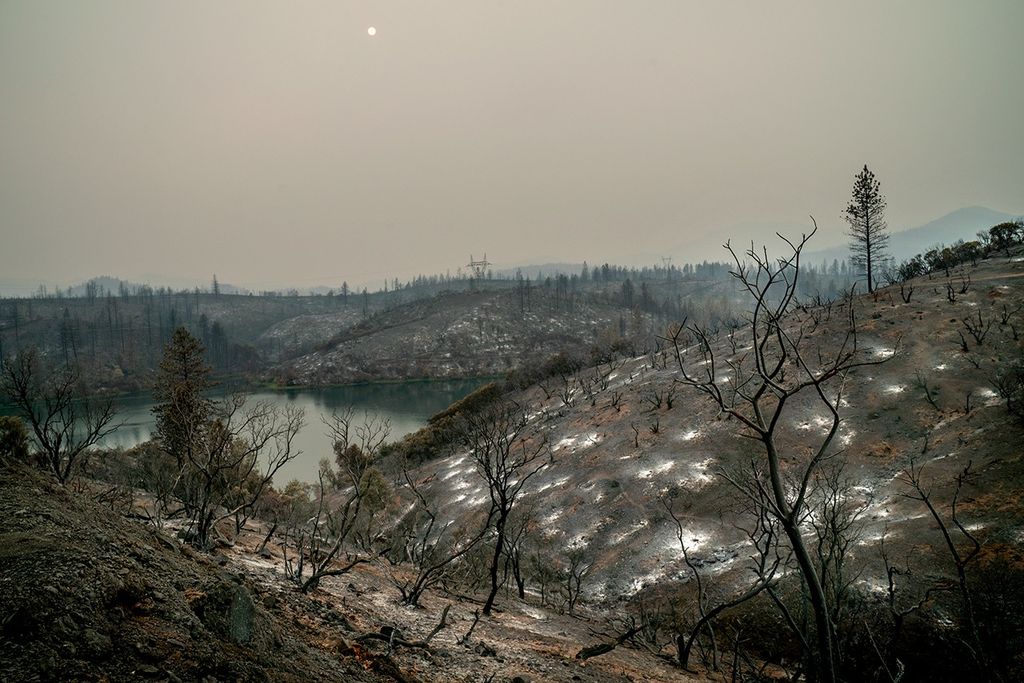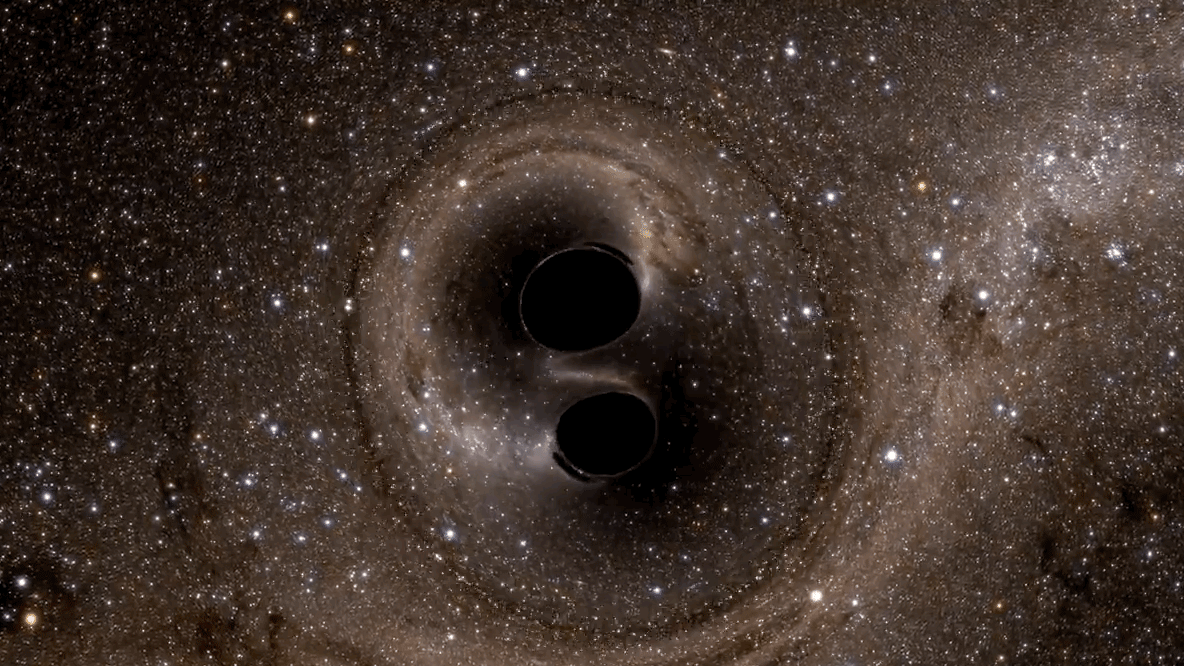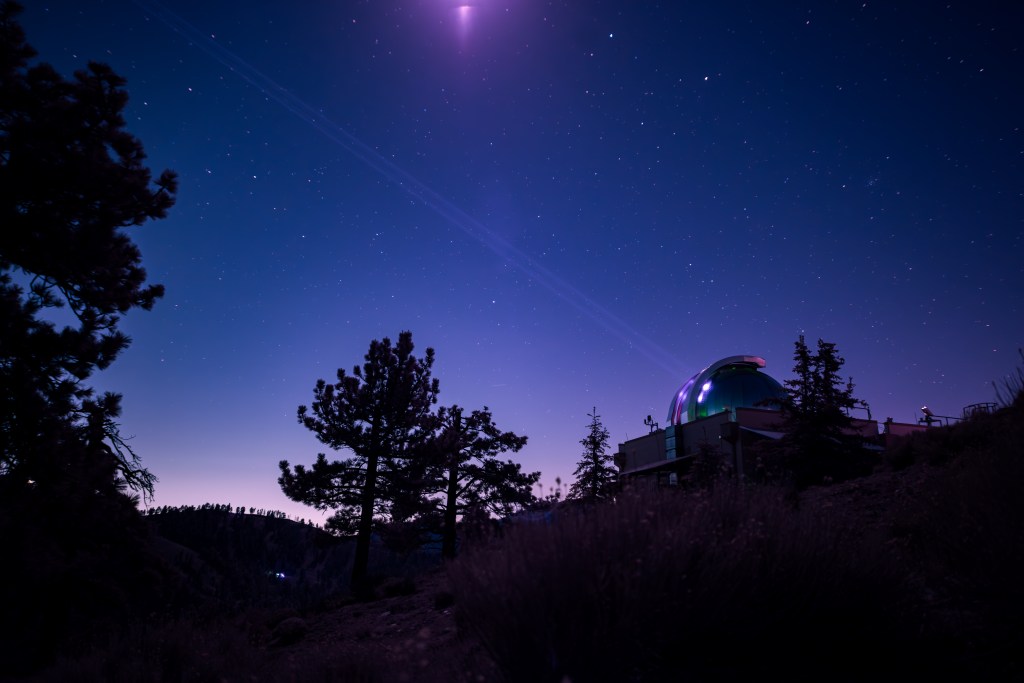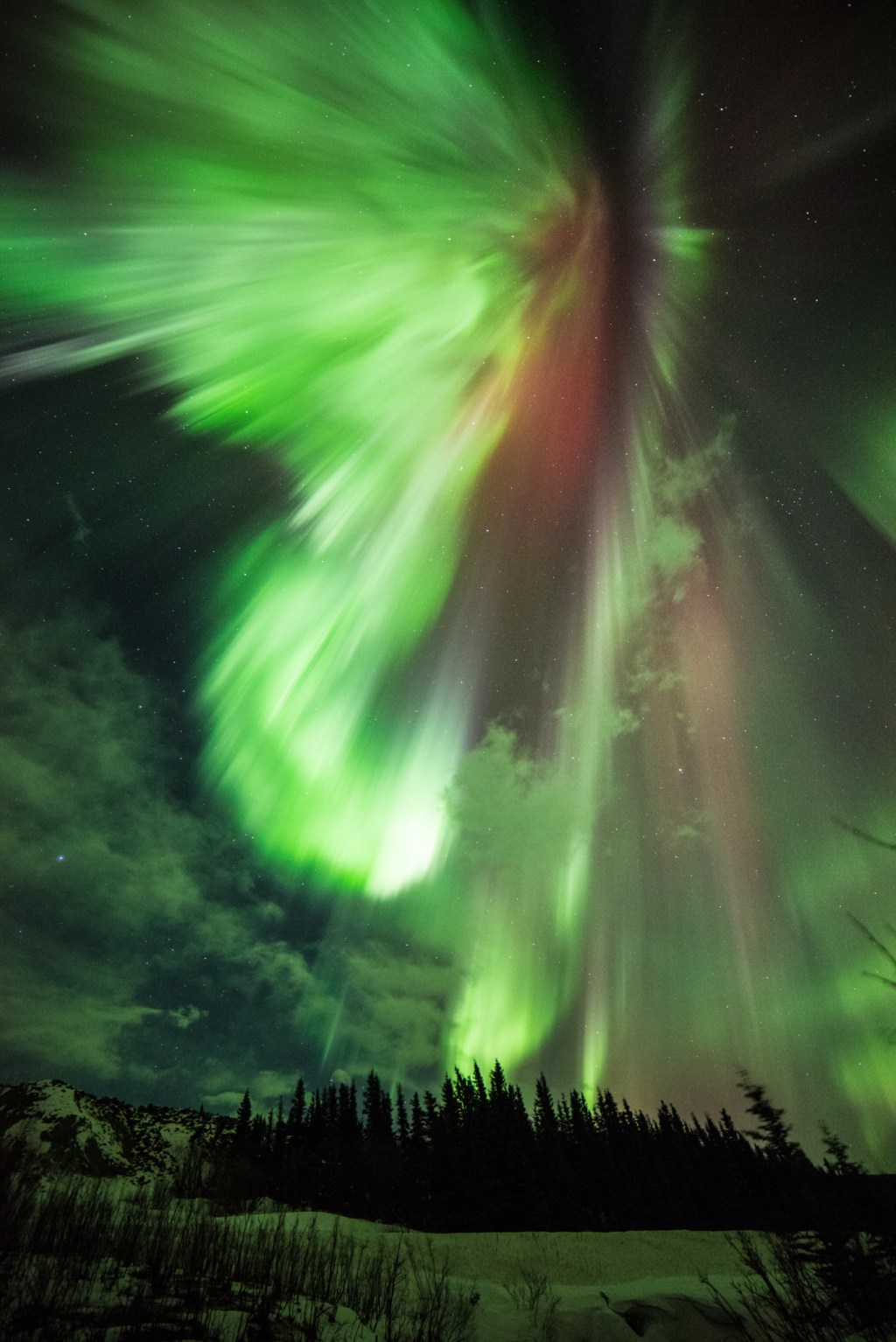1 min read
Globular Cluster with Multiple Stellar Populations

This Hubble telescope image of a dense swarm of stars shows the central region of the globular cluster NGC 2808.
Astronomers were surprised when Hubble spied three generations of cluster stars. The discovery is far different from the standard picture of a globular cluster. For decades, astronomers thought that cluster stars formed at the same time, in the same place, and from the same material, and have co-evolved for billions of years.
Globular clusters are the homesteaders of our Milky Way Galaxy, born during our galaxy's formation. They are compact swarms of typically hundreds of thousands of stars held together by gravity.
All the stars in NGC 2808 were born within 200 million years very early in the life of the 12.5-billion-year-old massive cluster. Of the about 150 known globular clusters in our Milky Way Galaxy, NGC 2808 is one of the most massive, containing more than 1 million stars.
The sharp resolution of Hubble's Advanced Camera for Surveys measured the brightness and colors of the cluster stars to find the three stellar populations.
The Hubble images were taken in May 2005 and in August and November 2006.
The science team includes G. Piotto, A.P. Milone, and S. Villanova (University of Padua [Padova]), L.R. Bedin (European Space Agency, European Organization for Astronomical Research in the Southern Hemisphere, and Space Telescope Science Institute), J. Anderson (Rice University), I.R. King (University of Washington), S. Cassisi and A. Pietrinferni (INAF- Astronomical Observatory of Collurania, Teramo), and A. Renzini (INAF-Astronomical Observatory of Padua [Padova]).
About the Object
- R.A. PositionR.A. PositionRight ascension – analogous to longitude – is one component of an object's position.09h 12m 2.56s
- Dec. PositionDec. PositionDeclination – analogous to latitude – is one component of an object's position.-64° 51' 46.19"
- ConstellationConstellationOne of 88 recognized regions of the celestial sphere in which the object appears.Carina
- DistanceDistanceThe physical distance from Earth to the astronomical object. Distances within our solar system are usually measured in Astronomical Units (AU). Distances between stars are usually measured in light-years. Interstellar distances can also be measured in parsecs.Approximately 30,000 light-years (9,000 parsecs)
- DimensionsDimensionsThe physical size of the object or the apparent angle it subtends on the sky.This image is roughly 3.2 arcminutes (24 light-years or 8 parsecs) wide.
About the Data
- Data DescriptionData DescriptionProposal: A description of the observations, their scientific justification, and the links to the data available in the science archive.
Science Team: The astronomers who planned the observations and analyzed the data. "PI" refers to the Principal Investigator.The ACS data were from the HST proposals: 9899: G. Piotto (University of Padua [Padova]), I. King (University of Washington, Seattle), J. Anderson (Rice University), L. Bedin (ESA, European Organization for Astronomical Research in the Southern Hemisphere, and STScI), A. Renzini (Astronomical Observatory of Padua [Padova]), M. Zoccali (European Southern Observatory - Germany), Y. Momany (University of Padua [Padova]), A. Recio-Blanco (INAF/Astronomical Observatory of Rome), and F. De Angeli (University of Cambridge); 10922: G. Piotto (University of Padua [Padova]), L. Bedin (ESA, European Organization for Astronomical Research in the Southern Hemisphere, and STScI), J. Anderson (Rice University), I. King (University of Washington, Seattle), S. Cassisi (INAF/Astronomical Observatory of Collurania, Teramo, Italy), and S. Villanova, Y. Momany, and A. Milone (University of Padua [Padova]). The science team includes: G. Piotto (University of Padua [Padova]), L. Bedin (ESA, European Organization for Astronomical Research in the Southern Hemisphere, and STScI), J. Anderson (Rice University), I. King (University of Washington, Seattle), S. Cassisi and A. Pietrinferni (INAF/Astronomical Observatory of Collurania, Teramo, Italy), S. Villanova and A. Milone (University of Padua [Padova]), and A. Renzini (Astronomical Observatory of Padua [Padova]). Note: Data for the release image of the center of the cluster were taken from the HST proposal 10775: A. Sarajedini (University of Florida), N. Reid (Space Telescope Science Institute), S. Majewski (University of Virginia), B. Chaboyer (Dartmouth College), A. Aparicio (Astrophysical Institute of the Canaries), G. Piotto (University of Padua [Padova]), I. King (University of Washington, Seattle), J. Anderson (Rice University), R. Rosenberg (Astrophysical Institute of the Canaries), M. Siegel (Space Telescope Science Institute), and L. Bedin (ESA, European Organization for Astronomical Research in the Southern Hemisphere, and STScI). - InstrumentInstrumentThe science instrument used to produce the data.HST>ACS/WFC
- Exposure DatesExposure DatesThe date(s) that the telescope made its observations and the total exposure time.May 2005, August - November 2006, Exposure Time: 1.6 hours
- FiltersFiltersThe camera filters that were used in the science observations.F475W (g) and F814W (I)
- Object NameObject NameA name or catalog number that astronomers use to identify an astronomical object.NGC 2808
- Object DescriptionObject DescriptionThe type of astronomical object.Globular Cluster
- Release DateMay 2, 2007
- Science ReleaseHubble Finds Multiple Stellar ‘Baby Booms’ in a Globular Cluster
- Credit

This image is a composite of many separate exposures made by the ACS instrument on the Hubble Space Telescope. Two filters were used to sample light from broad wavelengths. The color results from assigning different hues (colors) to each monochromatic image. In this case, the assigned colors are: Blue: F475W (g) Green: F475W (g) + F814W (I) Red: F814W (I)

Related Images & Videos

Triple Stellar Evolution Epochs in NGC 2808
A simplified version of the Hertzsprung-Russell diagram of the original Hubble data, this graph schematically plots the brightness of the stars in globular cluster NGC 2808 (along the vertical axis) against stellar color and temperature (along the horizontal axis). The cooler a...
Share
Details
Claire Andreoli
NASA’s Goddard Space Flight Center
Greenbelt, Maryland
claire.andreoli@nasa.gov

